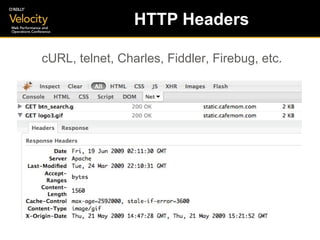

- How to use telnet to get http code#
- How to use telnet to get http windows 7#
- How to use telnet to get http windows#
If you are only testing basic connectivity to a particular network application, that is all you need to know. The port number for the network application you want to test.
How to use telnet to get http windows#
Click ‘turn windows features on or off ‘ then on the list that appears simply check the box beside: Telnet Client. To use telnet to troubleshoot a network application, you need to know at least two things: The remote server name or IP address.Then in programs and features there should be a part that says ‘turn windows features on or off ‘.
How to use telnet to get http code#
One of the most common tasks that you can do via telnet is connect to some web server and verify its health by checking the response code in HTTP header.
How to use telnet to get http windows 7#
To enable Telnet on Windows Vista and Windows 7 computers, do the following: Telnet Send GET/HEAD HTTP Request Posted on Decemby admin Telnet is a tool for connecting to servers on a given port for troubleshooting connection issues. This is the reserved "local host" address. You can either run the telnet program by typing telnet with no arguments, or by typing telnet followed by the name of the host you are connected to on the command line- telnet. That’s because, in troubleshooting sessions, sysadmins turn to telnet and netcat to test connectivity to service offerings. This program uses the Internet to connect to the computer you have specified. SSH has replaced telnet for remote access needs, and these days when you hear about telnet, it is usually when somebody is using the client as a generic network troubleshooting tool. If you want to test a TCP service on your local computer, use the IP address 127.0.0.1. To use Telnet, you need to run a program often called telnet on your computer.Thereby, telnet will connect to the server named SERVERNAME through port 80. If the connection is established via TCP, telnet will respond with the following. Telnet will simply connect to the 80 host port of the specified host name. You can test the connection using the following Linux commands: Enter telnet SERVERNAME 80. The following steps are necessary for this from a Linux command line: Execute telnet SERVERNAME 80. So telnet lets you easily test the operation of port 80. If you see "Connection timed out", "Connection reset by host", "Could not open connection", or "Connection failed", either there is some sort of packet filtering between the two computers or the service is not currently waiting on the specified port. Thereby, simulating a browser and testing access through port 80 using the telnet command becomes simple. As an example, you can use telnet to request a web page from a remote server with just a couple of commands: telnet 80 GET /path/to/page.htm.If you see a blank screen with a flashing cursor, which may or may not populate with data over a period of time, you are attached to a TCP port.Enter the hostname/IP and port number in the appropriate fields.Click Connect, then click Remote System.For Windows NT/2000/XP:įor example: telnet 5631 ( echo GET / HTTP/1.1 echo Host: echo User-Agent: (bash. You will need to know the IP address or fully qualified host name of the computer you are connecting to, as well as the TCP port on which the network service is waiting. Heres how I make an HTTP/1.1 request from the command-line using telnet.


 0 kommentar(er)
0 kommentar(er)
